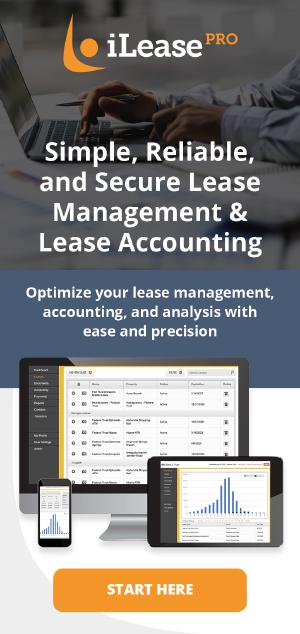FASB Lease Accounting Roundtable Insights
Why This Matters
On September 12, 2025, the Financial Accounting Standards Board (FASB) hosted a public roundtable as part of its post-implementation review of ASC 842, Leases. The discussion centered on whether the standard is meeting its objectives, how companies and auditors are handling costs and complexity, and where challenges remain.
Watch the recording here
View the official meeting materials
Benefits of ASC 842
- Comparability and Transparency: Stakeholders widely agreed the standard improved consistency across industries and enhanced investor understanding.
- Principles-Based Framework: Replacing fragmented, industry-specific rules with a single model was viewed as a major success.
- Investor Insights: Expanded disclosures, particularly around lease obligations, give analysts more reliable information.
- Internal Value: Adoption prompted many companies to review contracts more carefully, align accounting with underlying economics, and work more collaboratively across departments.
- Global Alignment: Multinational companies praised the convergence with IFRS, which reduced reporting complexity.
Costs and Ongoing Challenges
- Implementation Burden: Significant one-time expenses for systems, consultants, and staff training.
- Day-Two Costs: Ongoing need to review contracts, document judgments, and maintain controls continues to strain resources.
- Complex Judgments: The most challenging areas remain:
- Principal vs. agent determinations
- Identifying distinct performance obligations
- Handling variable consideration
- Smaller Companies: Private companies and resource-constrained firms face disproportionate challenges, often relying on manual processes.
- Industry Concerns:
- Software and tech companies flagged that term license guidance does not reflect economic reality.
- Financial services noted higher costs without industry-specific guidance.
- Investor Confusion: Discrepancies between revenue recognition and cash flow continue to complicate earnings analysis.
Observations on the Standard-Setting Process
- Transition Relief: Widely credited with making adoption more manageable.
- TRG Effectiveness: The Transition Resource Group process was praised, though some participants felt key issues should have been addressed earlier in exposure drafts.
- Firm Guidance Concerns: Large audit firm manuals, often exceeding 500 pages, were criticized for becoming de facto GAAP.
- Unintended Consequences:
- Adoption led to better internal contract analysis and process improvements.
- However, some companies adjusted business practices primarily to achieve preferable accounting outcomes, an undesirable effect.
Takeaways for Executives and Accounting Teams
- Stability Matters: Stakeholders are not calling for wholesale changes. After heavy investment in adoption, most prefer stability.
- Costs Are Real: Expect continued resource needs for complex judgments and documentation, especially in industries with nuanced arrangements.
- Investor Relations: Clear disclosures and reconciliations between revenue and cash flow are critical for credibility.
- Governance Link: Boards and audit committees should stay engaged, as ASC 842 compliance continues to affect risk management and investor confidence.
Final Word
The roundtable confirmed that ASC 842 has achieved many of its intended goals, particularly around transparency and comparability. But it also underscored the ongoing cost of compliance and the need for careful judgment in complex transactions. Companies should focus on strong controls, robust documentation, and clear communication with investors as the standard matures.
Stay Informed by subscribing to our newsletter or connect with iLeasePro on LinkedIn for more insights on lease accounting and corporate governance.



